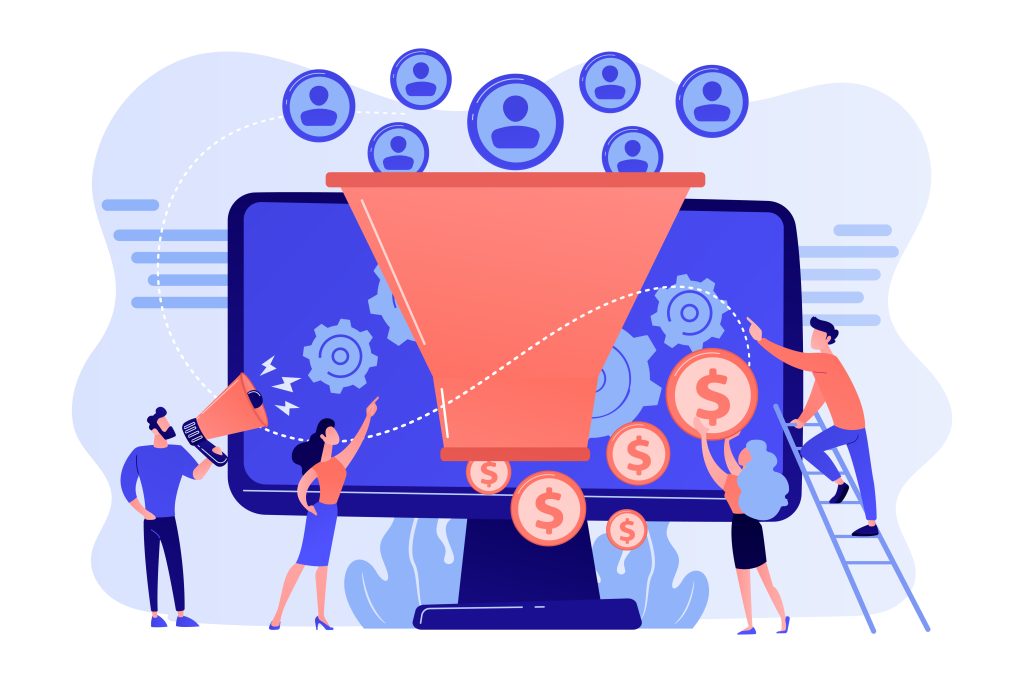The Future of Cybersecurity in the Digital Age

In our increasingly interconnected world, the landscape of cybersecurity is rapidly transforming. With countless devices connected to the internet, the potential for cyber threats and attacks has expanded unprecedentedly. Understanding the intricacies and innovations of cybersecurity has become essential for everyone, from tech-savvy individuals to multinational corporations.
The digital shift demands more than awareness—it requires action and adaptability. As organizations integrate more digital solutions into their operations, their exposure to cybersecurity threats grows, and implementing comprehensive cybersecurity measures is a strategic necessity.
The Current Cybersecurity Landscape
Today’s cybersecurity environment is fraught with challenges and vulnerabilities. As technologies advance, so do the tactics of malicious hackers, resulting in an alarming surge in cybercrime incidents. Interestingly, companies increasingly use SEO Services to boost their online presence and manage large-scale secure operations, highlighting the interplay between visibility and security. According to a recent report, cybercrime will inflict a staggering $10.5 trillion loss on the global economy by 2025. Such figures underscore the urgency for enhanced cybersecurity frameworks across all sectors, highlighting the need for innovation and strategic responses to mitigate potential risks.
Emerging Trends in Cybersecurity
As the digital terrain transforms, so do cybersecurity practices. One emerging trend is the employment of artificial intelligence (AI) in threat detection, which enhances the ability to identify and neutralize threats proactively. Securing these endpoints becomes crucial as Internet of Things (IoT) devices become more prevalent. Advances in blockchain technology offer promising solutions for creating tamper-proof transaction records, further impacting the cybersecurity landscape positively by adding previously unattainable security layers.
Challenges Facing Cybersecurity in the Digital Age
Despite technological advancements, significant challenges persist in cybersecurity. The cybersecurity skills gap is a prominent issue where the demand for skilled security professionals outweighs the supply. This imbalance presents a risk for businesses unable to defend against increasingly sophisticated cyber threats adequately. Beyond skills shortages, legislative and privacy issues present ongoing debates, with evolving regulations imposing new compliance hurdles that organizations must navigate to protect data privacy effectively.
The Role of Companies in Protecting Their Data
Companies are on the frontline in the battle against cyber threats and have an essential role in safeguarding their data. Investments in advanced security infrastructures, such as intrusion detection systems and regular security audits, have become integral for companies intent on securing their digital operations. Noteworthy examples illustrate the positive impact of prioritizing cybersecurity; firms that have integrated rigorous security protocols enhance their defense mechanisms and often improve their overall business resilience.
Steps Companies Can Take:
- Adopt comprehensive cybersecurity strategies that cover all operational facets.
- Conduct regular training sessions to keep employees aware of the latest security practices.
- Regularly update software and hardware to protect against known vulnerabilities.
Practical Tips for Enhancing Personal Cybersecurity
On a personal level, individuals have a responsibility to fortify their cybersecurity defenses. Simple yet effective measures include creating strong, unique passwords and utilizing two-factor authentication to secure personal accounts. Regularly updating devices and being cautious about the data shared online can further enhance one’s cybersecurity posture, encouraging a proactive approach to personal online safety.
The Human Element in Cybersecurity
While technological defenses are crucial, the human element cannot be disregarded. Security awareness training is essential in minimizing the risk of breaches caused by human error—one of the leading causes of data breaches. Educating employees on identifying phishing attempts and encouraging vigilance in digital communications can dramatically reduce potential risks, fostering a security awareness culture beyond simple technical solutions.
The Future: Predictions and Innovations
As we peer into the future, we can anticipate a surge of innovations designed to bolster cybersecurity defenses. Quantum computing and advanced AI technologies promise to elevate data protection strategies unprecedentedly. According to a recent prediction, these technologies are set to produce more resilient cybersecurity infrastructures, ushering in a new era of digital fortification against ever-evolving threats.
Conclusion
Cybersecurity in the digital age is an ever-evolving challenge that requires constant vigilance and adaptation. The ramifications of unchecked cyber threats are too significant to ignore, making it imperative for organizations and individuals to remain informed and proactive. By embracing emerging technologies and fostering a culture of security awareness, the path toward a safe and secure digital future becomes more attainable for everyone involved.




